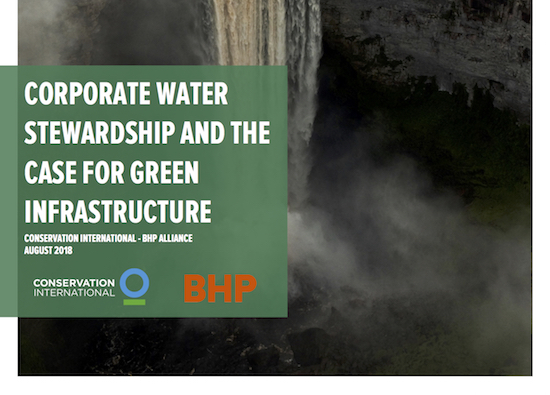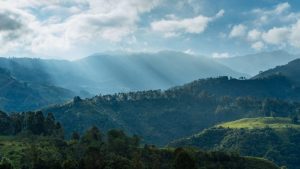Primary Functions
- Demonstrate how private sector investment in green infrastructure can reduce water-related risks and help to fill infrastructure needs.
Detailed Description
Companies around the world are increasingly facing water-related risks. These include the physical risks of too much or too little water, or of poor or decreasing water quality; the reputational risks of being perceived as contributors to water-related problems; and the regulatory risks arising from poorly managed water use, leading to resource depletion or potentially restrictive future regulations. All of these risks, in turn, have clear financial implications, with companies spending at least US$ 23.4 billion on projects to mitigate water risk last year. Many companies cannot simply move their operations or supply chains to new geographies to reduce these risks, and even if they could, few watersheds in the world will remain untouched by water-related concerns, given the confluence of human activity, increasing water demand and climate change.
The next few decades of global water infrastructure investment will be transformative, and the choices that both public and private sector actors make now may determine if the global water crisis that looms in today’s headlines will have been a harbinger of things to come or a turning point. This report makes the case for private sector investment in green infrastructure as part of a broader water stewardship approach that benefits companies, stakeholders in watersheds where those companies operate and source their materials, and the global community committed to sustainable development.
Green infrastructure is key for companies seeking to go beyond near-term improvements in operational water use efficiency and reductions in downstream pollution, moving towards a more holistic water stewardship approach. Green infrastructure leverages the services that nature provides that might otherwise need to be furnished by built (or gray) infrastructure. Forests help to secure clean water for communities; wetlands and floodplains reduce flood risk to cities; and intact natural areas can maintain reliable water flows in rivers and the springs that feed them. Some water infrastructure combines elements of green and gray in new and surprising ways: a mangrove combined with a breakwater, a system of dikes overlaid with restored floodplains. Gray infrastructure, such as wastewater treatment plants, pipelines, floodgates, dams and reservoirs, and even desalination plants, will continue to be part of the world’s water infrastructure. These engineered solutions, though, are neither sustainable nor sufficient on their own. There are options for how the world spends the estimated US$ 22.6 trillion needed by 2050 to meet water needs. In some cases, green infrastructure can provide an essential complement to gray approaches or be even more cost-effective.





